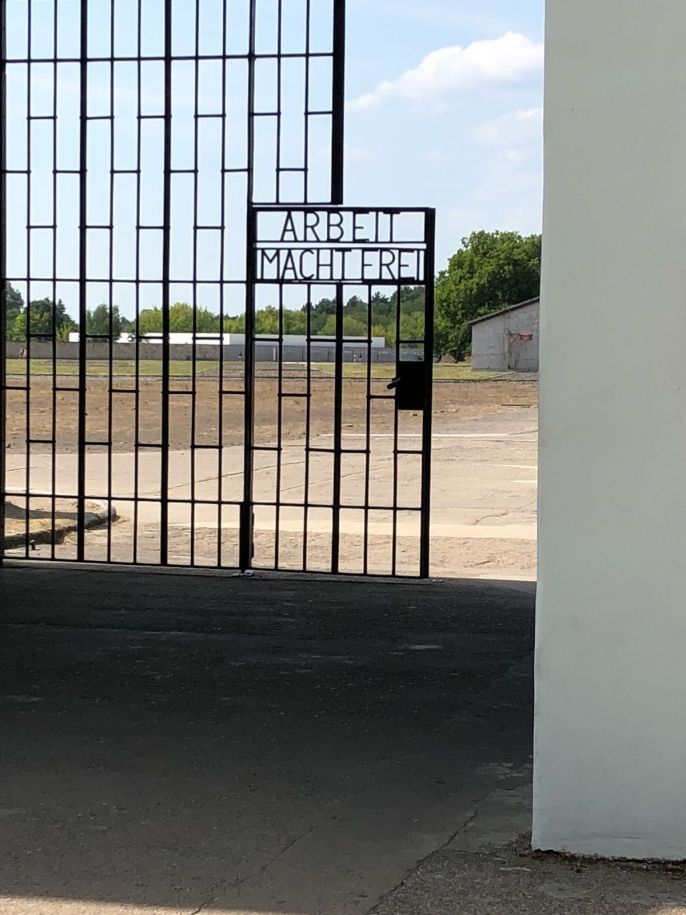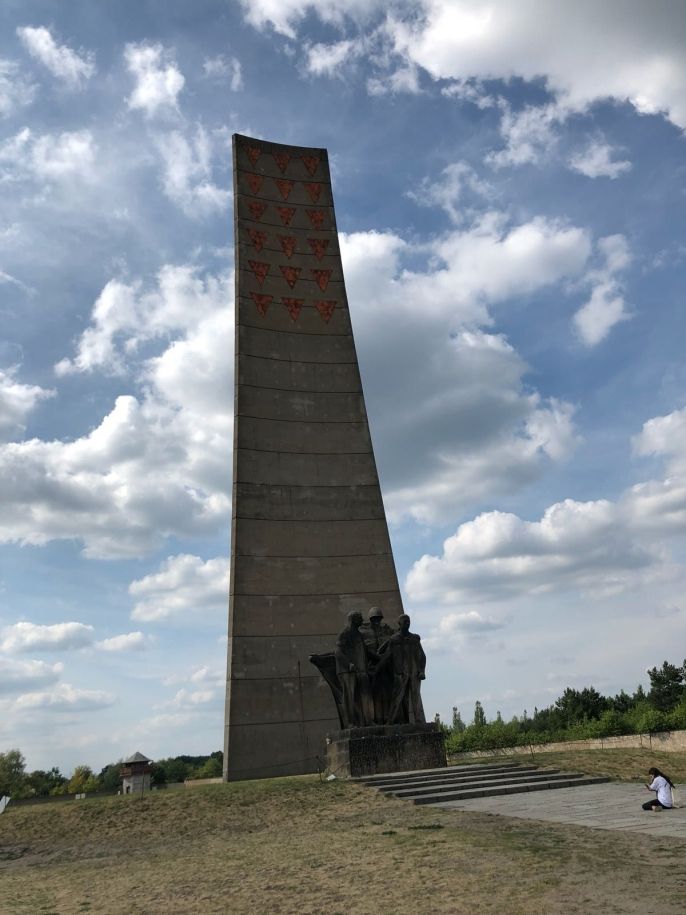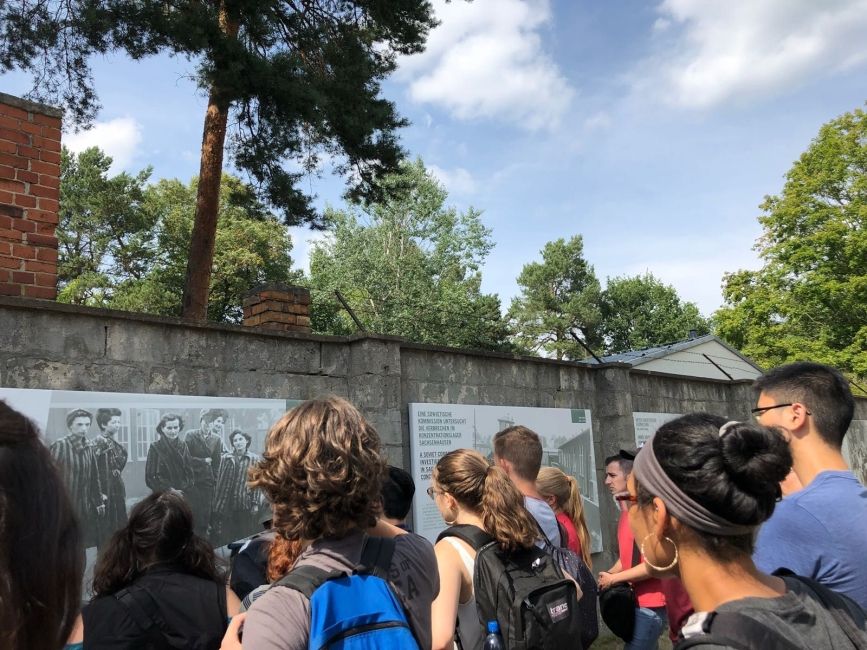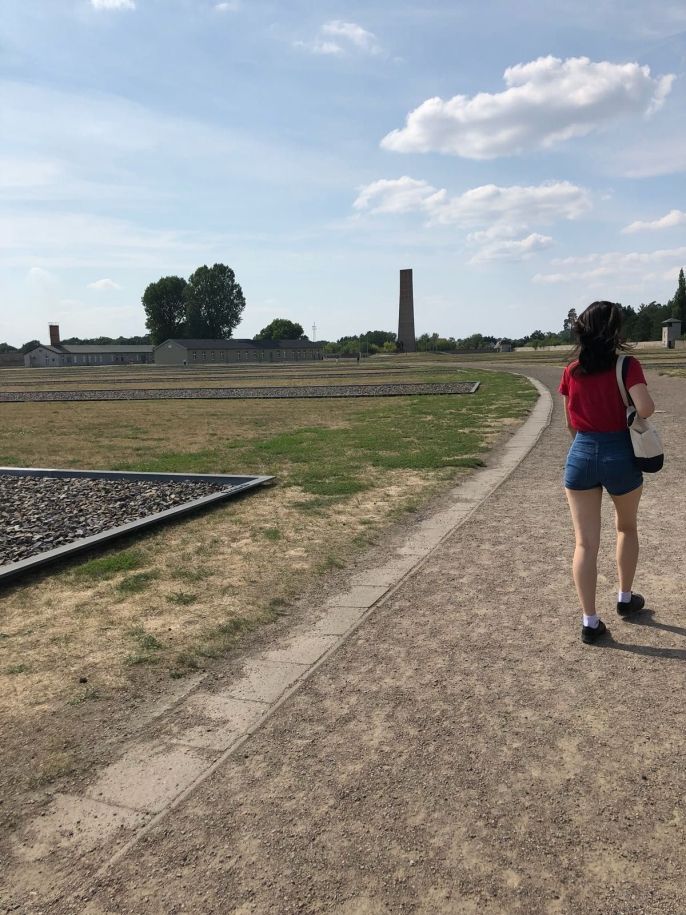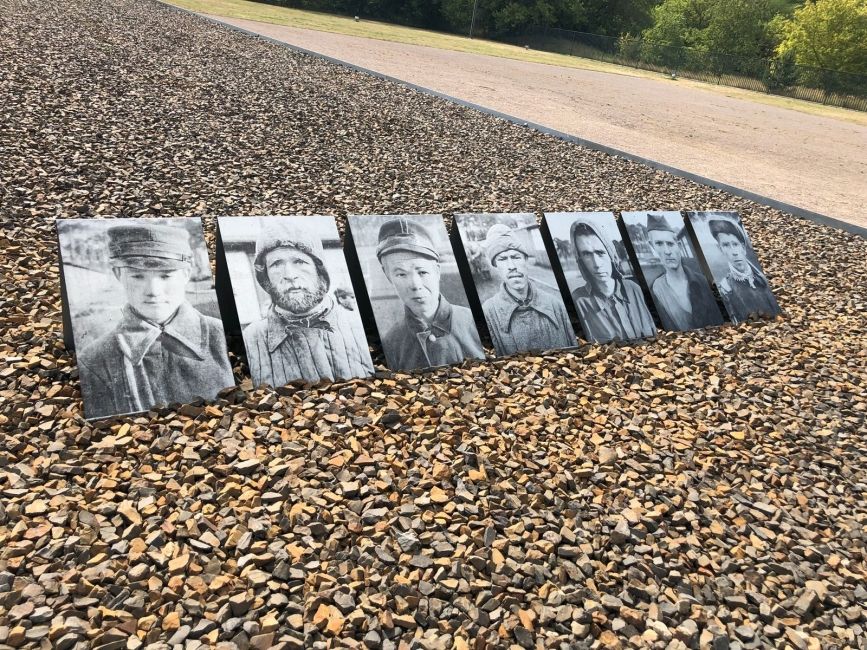Learning from the Past
This past week, students were able to expand their knowledge of Germany’s history in relation to World War 2 and focused specifically on Hitler’s rise to power and the Holocaust. There is even a German word Vergangenheitsbewältigung, which translates to coming to terms with the past--specifically the Nazi era. The first thing that students did was visit an old World War 2 bunker, that was previously linked to the Anhalter Train Station. This bunker was used during World War 2 to provide a safe place for German citizens during Allied bombings. Post war the bunker was used for varied purposes, including a short stint as a haunted house. Currently, the bunker has been redone and houses two separate museums.
Our students toured through the exhibit “Hitler wie konnte es geschehen?—Hitler how could it happen?” The students toured through the multiple floors of the bunker, starting with Hitler’s birth and ending with the beginning of the Cold War. The museum focused on Hitler and the rise of the Nazi party in Germany. It featured hundreds of photographs, newspaper clippings, and artifacts from the time period. The tour was self paced and some students stayed for close to four hours reading everything they could. The exhibit was thoroughly rich with information and gave them good background knowledge for the following day’s excursion to the concentration camp Sachsenhausen.
Sachsenhausen is located in Oranienburg, roughly an hour train ride from Berlin, and was constructed in 1936. Sachsenhausen was used primarily to house political prisoners and those who vocally opposed to the Nazi regime. Roughly 200,000 prisoners passed through Sachsenhausen and 30,000 prisoners died at the camp. Although Sachsenhausen was not originally created as an extermination camp, a gas chamber was added in 1943 in order to kill larger numbers of people. Post World War 2 Sachsenhausen, which was located in the Soviet Occupation Zone, was used by the Soviets to house political prisoners—including Nazis and Nazi collaborators. In the five years the Soviets ran the camp they interned 60,000 prisoners, 12,000 of whom died due to malnutrition and disease.
The tour of the camp was led by two Americans with extensive knowledge of the time period and of the events that occurred there. The students asked numerous questions and were incredibly respectful throughout the experience. In the hours and days after the excursion, our students came forward with insightful questions, thoughts, and ideas. Although the Holocaust is not something that can be taught or discussed in a few days, our students will carry this experience with them throughout their lives.
Related Posts
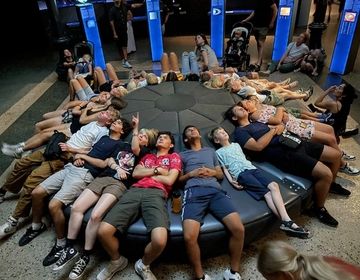
Museum für Naturkunde Excursion
Berlin Language & Culture students visited the Museum für Museum für Naturkunde – Leibniz-Institut für Evolutions- und Biodiversitätsforschung (Museum of Natural History – Leibniz Institute for Evolution and Biodiversity Science)... keep reading
Exploring the Reichstag Dome
On Monday, students from the Language and Culture program had the opportunity of visiting the iconic dome atop the Reichstag, the seat of Germany’s federal parliament (the Bundestag). As they... keep reading
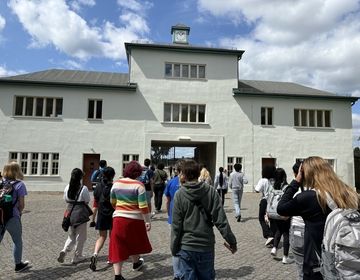
Sachsenhausen Memorial Visit
On Wednesday, students of the Language and Culture program visited the Sachsenhausen concentration camp. Students were very interested in learning about the history of the camp and how it came... keep reading
